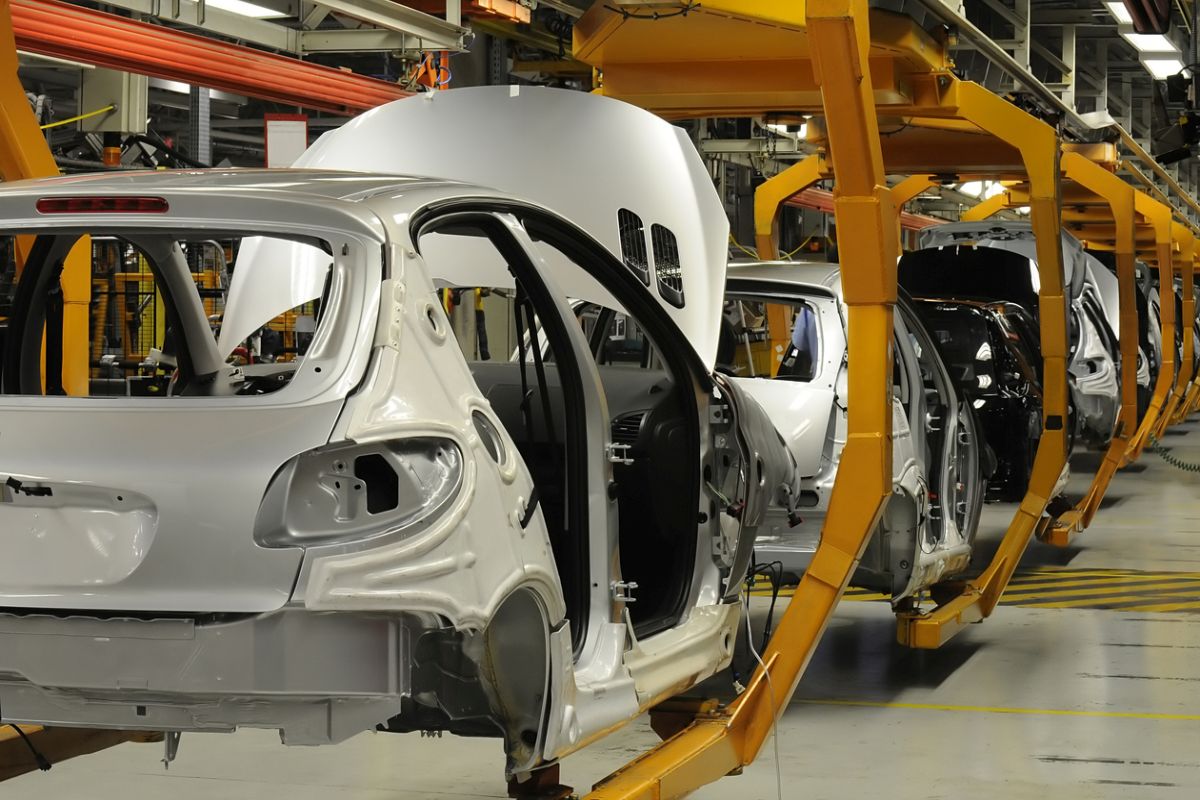Assam CM expresses gratitude to Ratan Tata for semiconductor plant
Moreover, Sarma discussed plans for a Skill Development Centre to be established within the premises of the semiconductor facility in Jagiroad.
With more and more Indians living in apartment complexes, and with parking woes afflicting most other residential neighbourhoods, inadequacy of charging infrastructure makes the use of electric vehicles difficult.

Use of electric vehicles may appear politically correct, they are not quite the panacea to environmental distress that they are made out to be. (Photo: iStock)
There is considerable merit in the advice offered by industrialist and car manufacturer Ratan Tata to the auto industry and governments of the world on the need to take a pragmatic view on propulsion systems of motor cars. Rather than encourage a wholesale shift to an electric vehicle regime because of the inherent problems it will pose, Mr Tata has suggested improvements in internal combustion engines and development of more hybrid cars in the immediate future to bring usage in line with environmental needs.
While Mr Tata, whose company has also recently launched an electric vehicle, has said the “jump to all-EV is difficult without omnipresent charging infrastructure”, there are other problems too with the proposition. First and most important is that while electric cars are supposed to use clean power, they draw power for charging batteries from sources that are not necessarily as clean. Despite all the emphasis on clean power generation, India, for instance, is still largely dependant on fossil fuels for its needs and coal-fired thermal plants still dominate the generation sector and indeed continue to draw investment.
In other words, while use of electric vehicles may appear politically correct, they are not quite the panacea to environmental distress that they are made out to be. Second, as Mr Tata has pointed out, charging infrastructure is still largely non-existent. While power utility companies in metropolitan cities may deem it fashionable to install a few charging stations, these are largely illustrations of tokenism and seldom used.
Advertisement
With more and more Indians living in apartment complexes, and with parking woes afflicting most other residential neighbourhoods, inadequacy of charging infrastructure makes the use of electric vehicles difficult. Third, the cost of electric vehicles, despite the subsidies offered by government, is high.
Even the Mahindra KUV 100 electric vehicle launched this week has an ex-factory price of Rs 8.25 lakh in Delhi, nearly twice as much as its conventional variant. Lithium ion batteries that are used to store power in electric vehicles are mostly imported and it is only in the past year or so that Indian companies have made some noises about investing in manufacturing capacity.
The quality and size of storage directly impacts the range of electric vehicles; the newly launched Mahindra vehicle claims a range of 147 km which makes it useful for pottering around in urban subcentres but incapable of driving from say Kolkata to Haldia or Gurgaon to Meerut and back.
Other electric vehicles do offer a longer range but cost twice as much as the Mahindra offering, touted as among the cheapest in the market. All these factors require that stakeholders take the “measured” view which Mr Tata recommends, without jumping headfirst into an ennobling but impractical electric-vehicle frenzy.
Advertisement